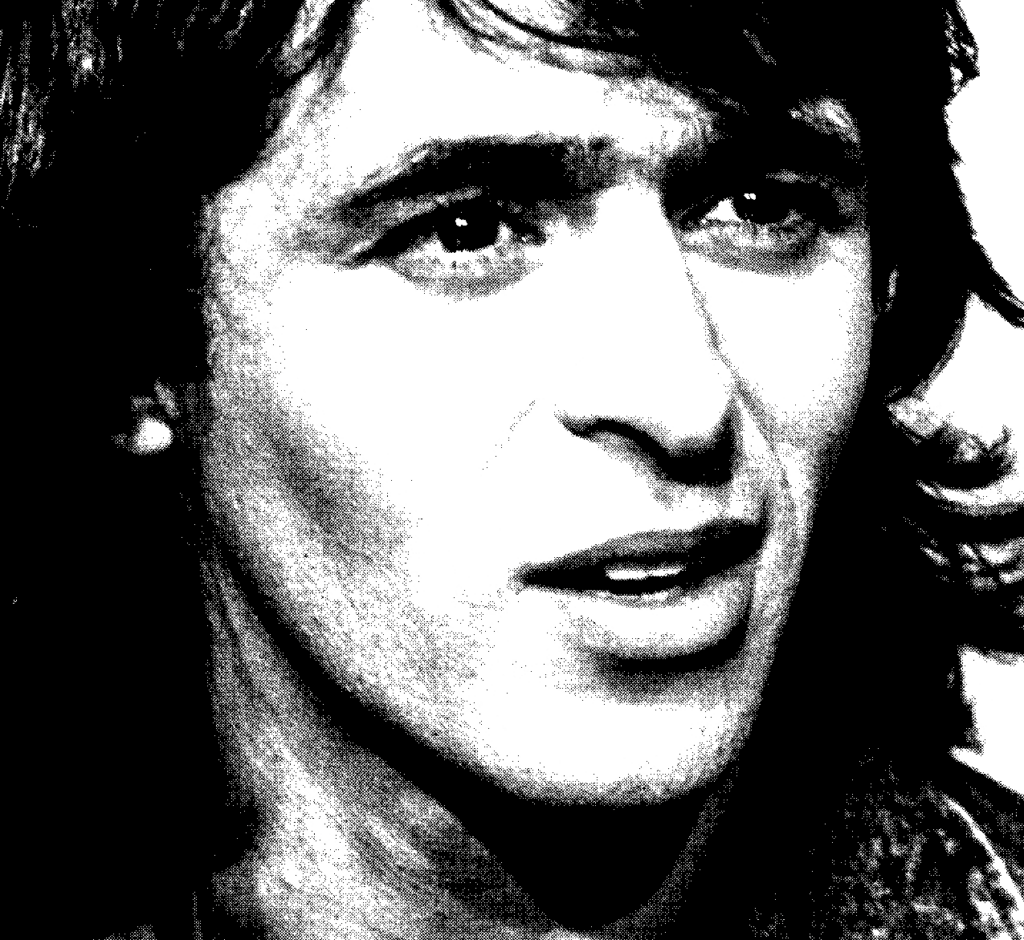Juan III (Pescadores En Una Isla)
2018 - Installation (Installation)
170 x 380 cm
Andrés Pereira Paz
Juan III (Pescadores En Una Isla) is a series of embroideries made with fake pre-Columbian fabrics produced by the Gonzales family, a three-generation family of pre-Columbian textile “forgers” based in Lima, Peru. The members of this family (grandfather, father, and son) all bear the name of Juan and make replicas by hand using traditional methods nearly indistinguishable from the pieces made thousands of years ago. A forgery pretends to be something it is not, but the Gonzalez family’s textiles openly intend to recreate those discovered in the 1920s at a necropolis in Peru. The Paracas Necropolis was heavily looted in the 1930s, and textiles began to appear on the international market within a decade The majority of Paracas textiles in international collections are believed to have been smuggled out of Peru at this time. In the period 200–300 BCE, the necropolis housed 420 mummified bodies wrapped in embroidered textiles. South Americans created these textiles over a thousand years before the Incas. They are brightly colored and depict images of supernatural beings or shamans who use their hands to hold severed human heads while flying like birds. The fabric’s story offers a discussion on trafficking culture, the absence of art-historical scholarship on cultural materials, in particular, the average knowledge of Andean culture before the Inca, and the questionable difference between fakes and forgeries from the real across the Americas. Tourists, collectors, museums wanted the ancient Americas, so locals made the ancient Americas, making fakes a feature of the pre-Columbian antiquities market since there’s been a pre-Columbian antiquities market. One could argue the textiles made by the Gonzales family contribute to preserving and revive the cultural heritage, long history, and soul of Paracas. This series of pieces serve as a tribute to them and this history.
Andrés Pereira Paz’s work regularly takes the form of textiles that explore the circulation of people and materials and how it affects national, regional and global imaginaries, revealing the construction of culture to be an ongoing and often contradictory process. His work examines postcolonial issues from the perspective of the Andean region, particularly from his hometown Bolivia, and from Peru, where the artist recently lived for a few years just before moving to Berlin. The artist frequently references Andean art history, both from the pre-Columbian and colonial periods. He plays with this background and produces creative interpretations of contemporary Andean culture: the results are sometimes humorous, but always witty and incisive. Delving in his work is quite rewarding as his references reach the rich nuances of the region’s cultural history. Paz’s work regularly takes the form of textiles that explore the circulation of people and materials and how it affects national, regional, and global imaginaries, revealing the construction of culture to be an ongoing and often contradictory process.
Colors:
Related works sharing similar palette

© » SLASH PARIS
Biennale de Lyon — 2024 — Usines Fagor — Exhibition — Slash Paris Login Newsletter Twitter Facebook Biennale de Lyon — 2024 — Usines Fagor — Exhibition — Slash Paris English Français Home Events Artists Venues Magazine Videos Back Biennale de Lyon — 2024 Exhibition Mixed media Upcoming © Biennale de Lyon 2024 Biennale de Lyon 2024 In over 1 year: September 1, 2024 → January 1, 2025 (Dates provisoires) Créée en 1991, la Biennale de Lyon est l’une des plus importantes biennales d’art contemporain au plan international et la première manifestation artistique d’envergure au plan national...

© » ART CENTRON
5 Advantages of Using Photography Filters on Your Camera Home » 5 Advantages of Using Photography Filters on Your Camera ART PROJECTS Oct 31, 2023 Ξ Leave a comment 5 Advantages of Using Photography Filters on Your Camera posted by Kelly Schoessling What are the advantages of using photography filters with your camera when you take shots of a natural location? Here are five advantages of using photography filters...

© » KADIST
Tun Win Aung and Wah Nu
2011Tun Win Aung and Wah Nu initiated the series 1000 Pieces (of White) in 2009, as a way to produce objects and images as a portrait of their shared life as partners and collaborators...

© » SLASH PARIS
Camille Esayan, Lara Bouvet — Corps composé(s) — Hôpital européen Georges-Pompidou — Exposition — Slash Paris Connexion Newsletter Twitter Facebook Camille Esayan, Lara Bouvet — Corps composé(s) — Hôpital européen Georges-Pompidou — Exposition — Slash Paris Français English Accueil Événements Artistes Lieux Magazine Vidéos Retour Précédent Suivant Camille Esayan, Lara Bouvet — Corps composé(s) Exposition Collage, photographie, techniques mixtes © Camille Esayan Camille Esayan, Lara Bouvet Corps composé(s) Encore 19 jours : 25 janvier → 1 mars 2024 Un projet de Camille Esayan et Lara Bouvet avec le Service de chirurgie cancérologique, gynécologique et du sein de l’Hôpital européen Georges-Pompidou, Paris...

© » KADIST
From the New World —Experimental Video Works Screening A4 x KADIST Video Library Screening Series at the Art Museum of Sichuan University Yin-Ju Chen, Keren Cytter, Harun Farocki, George Kuchar, Nguyen Trinh Thi, and Zhou Tao In 1965, the artist Nam June Paik bought a Sony camcorder that had just been released and took to the streets to photograph the Pope walking on Park Avenue...

© » ARTS EQUATOR
Burning Questions: Traditional Arts: The Forgotten COVID Casualty? | ArtsEquator Thinking and Talking about Arts and Culture in Southeast Asia ArtsEquator Viewpoints July 28, 2020 While the pandemic has resulted in losses of jobs in the arts, less has been said about the fate of craftsmen, artisans and masters of intangible heritage and traditional arts...

© » KADIST
Hong-Kai Wang
2011The video Music While We Work (2011) is the first part/work of a long-term research project started in 2010...













